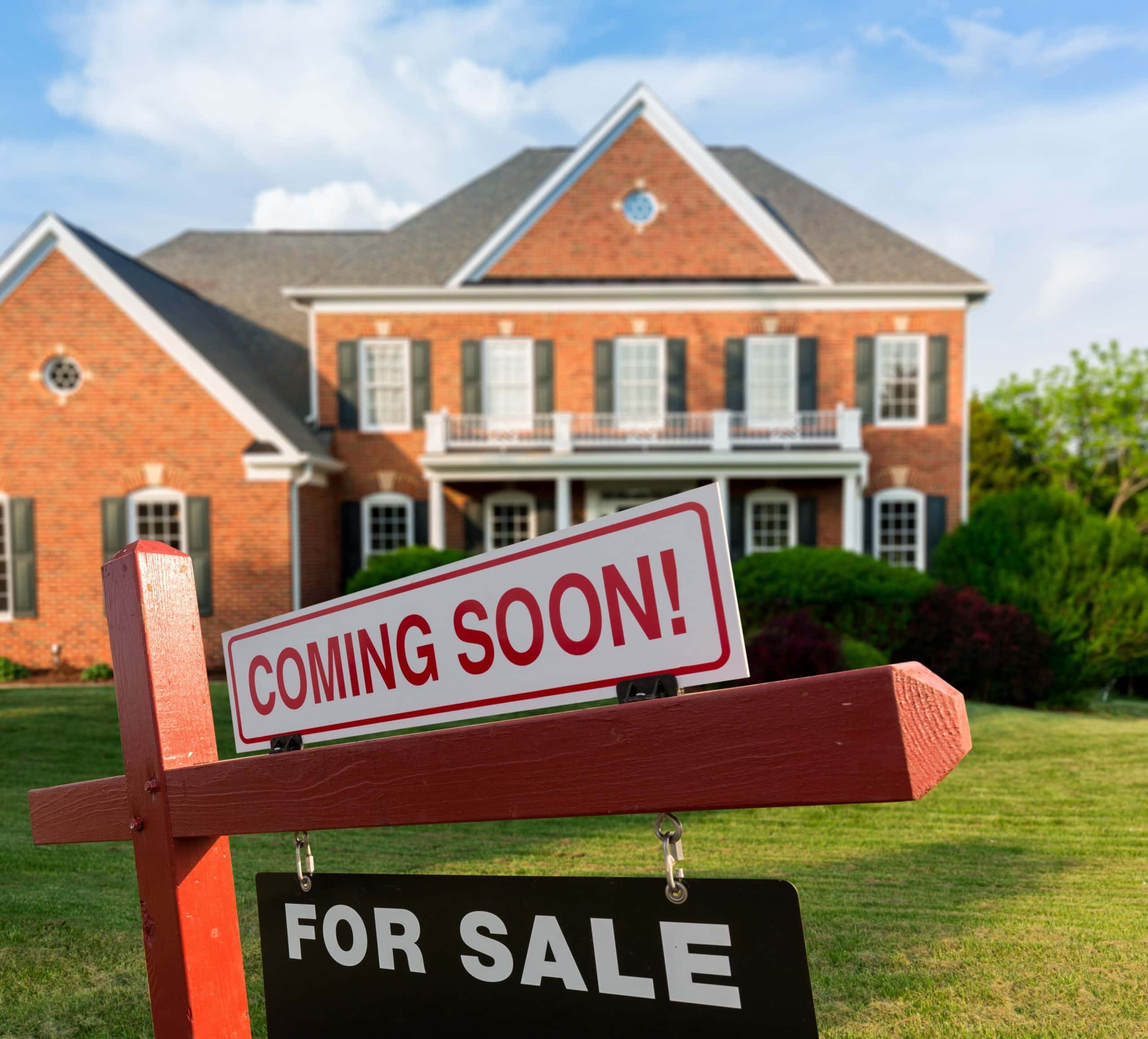How to Get Listings When Inventory is Low
Getting seller leads and winning listings continues to be the number one goal for many real estate brokerages, agents, and teams, especially when active inventory remains low in most places. Read on to discover some of the ways you can leverage real estate technology and digital marketing for real estate to get more listings and thrive in any market.
10 Tips to Get Listings When Inventory is Low
- Engage your sphere of influence, including previous clients
- Speak to seller pain points through advertising
- Look for expired listings
- Position yourself as a go-to resource
- Continue to attract buyers
- Get organized with a good CRM
- Promote testimonials
- Demonstrate how you help sell homes
- Market your ancillary services
- Advertise for “the next listing”
Engage your sphere of influence, including previous clients
Your previous clients can be your biggest champions. And, staying top of mind after a successful closing increases your chances of getting a referral from them when people in their circle, or sphere of influence, are ready to sell. There are several ways you can stay top of mind online, including but not limited to: blogging, emailing, and posting on social media. By blogging, you can continue to be a resource for your clients even after they close, helping ensure they have what they need to set up their home and get to know the area. Consider writing about local businesses that can help them, fun things to do, seasonal events in the community, and how to prepare their home for weather events they might experience. You can also use your blogs as content to post on social media (always add one or two sentences to posts as opposed to just sharing links!) and send out via email as part of a monthly newsletter or “Welcome to the Neighborhood” targeted drip campaign.
Speak to seller pain points through advertising
There are many reasons why someone might want to sell their house – needing to downsize, wanting to relocate, outgrowing their space, and more. By highlighting homeowners’ needs and pain points in your advertising, you’re more likely to get noticed. They might not even know they’re experiencing a certain pain point. And, people are more likely to search for a company, or a real estate agent, if they’ve heard of you before, so your online ads not only get noticed, but they can trigger a follow up action when the homeowner is ready to do more research or speak with a professional.
Look for expired listings
One of the easiest ways to get listings in a low inventory market is to look for expired listings. You can demonstrate your expertise with the homeowners by advising them on strategies to sell their home, whether it’s changing the pricing strategy, listing marketing strategy, or something else altogether. By searching online and reaching out for homeowners in this situation, you can also create a database of potential leads.
Position yourself as a go-to resource
Because the market is so active right now, people want to know what’s happening, how they can navigate the market, real estate market trends that are popping up, and how much their home is worth. By creating high-quality content on your real estate website, you can be a resource for those who are beginning the process of selling their home.
Continue to attract buyers
Even in a low inventory market, you’ll still want to attract buyers because chances are, they’re also going to be selling. According to a recent survey conducted by OJO Labs, 75% of would-be buyers are searching for homes within 50 miles of their current home. Don’t miss out on the opportunity to capture seller leads by ignoring buyers who are looking for a new home before deciding what to do with their current one.
Get organized with a good CRM
Having a good CRM is a great way to organize leads – both cold and hot. During low inventory time periods, going through your CRM and finding leads that went cold opens up the opportunity to get in touch again and see how they’re doing and if they’re considering selling. You can also put them on an email list and send out emails with content to keep your business top of mind.
Promote testimonials
As mentioned previously, your former clients are often your biggest champions. And, many of them might be willing to give a testimonial that you can put on your website. By having testimonials displayed on your website, visitors will see how you helped previous clients and how you might be able to help them sell their homes. You can also post these on social media to get in front of even more people (video testimonials perform great on social media and are especially geared toward mobile users!)
Demonstrate how you help sell homes
One of the best ways you can get listings in a low inventory market is to demonstrate how your listing marketing strategies help sell homes. Present your current listings in the best light, keeping in mind these are live examples of how you’ll market future listings, and also build out sellers content on your real estate website detailing your listing marketing strategies.
Market your ancillary services
Sometimes, people are hesitant to sell because they don’t know what the process looks like, all of the moving parts involved, or even where to begin. If you offer ancillary services for real estate, consider advertising them to attract and get in front of potential sellers. By marketing your ancillary services, you’re also keeping your real estate business top of mind and building trust with your clients which goes a long way in the home selling process.
Advertise for the “next listing”
Even though you might be low on listings, advertising the ones that you do have, even when they’re actively under contract, could open up opportunities for you to get more listings. Consider hyperlocal strategies that would grab the attention of people living in properties like or living near the homeowner with whom you’re working. Just like you’d farm for real estate leads in a specific neighborhood, use digital marketing to get the most out of each listing by serving targeted ads to homeowners in that area, creating a compelling landing page that demonstrates you know the area or their home, such as how much their home is worth, why factors like future development plans, schools, etc. could help them maximize the value of their home, and how you’ve helped sellers like them (this is where testimonials are key!).
As with any digital marketing strategy for real estate, it’s important to monitor and analyze performance so you can adjust your strategy as needed. And, keep in mind that all businesses are unique so every strategy should be tailored to fit your needs. If you’re not sure what that looks like, give us a call.
Interested in learning more about the best digital marketing strategies to get more listings? Contact us today for personalized recommendations to grow your business.










